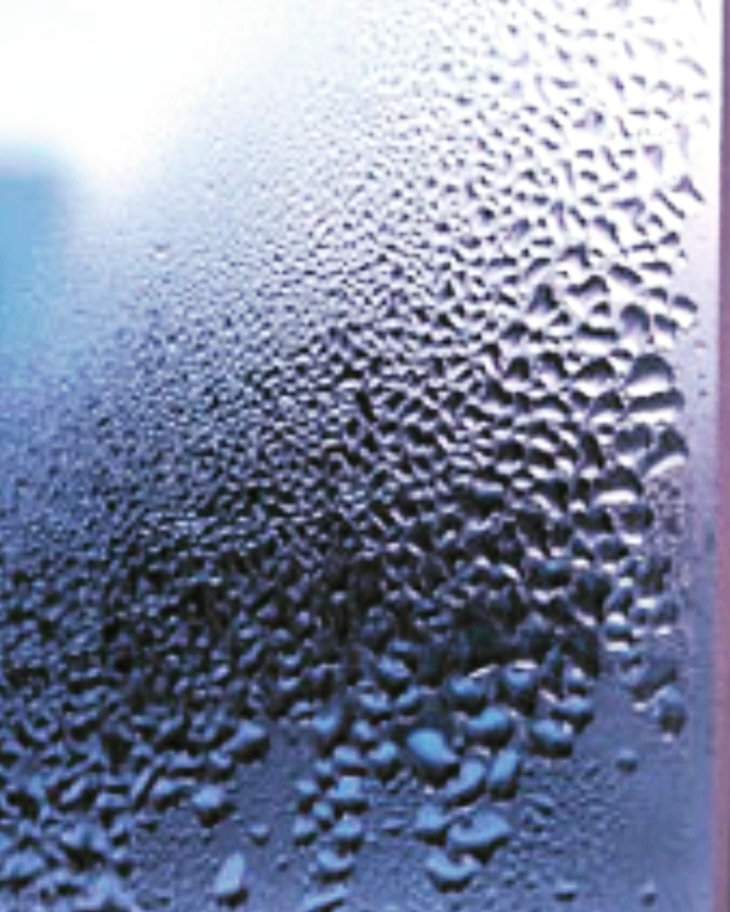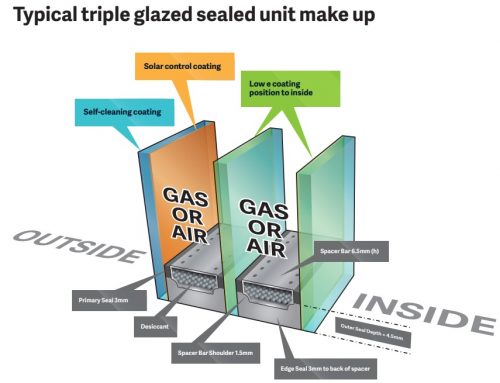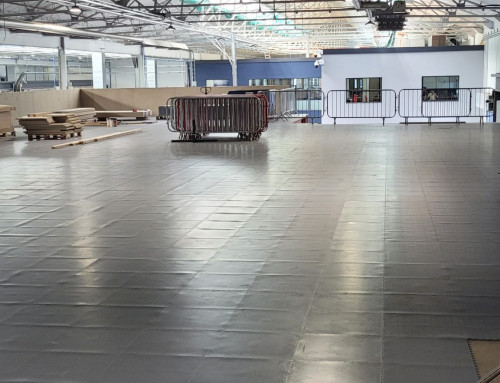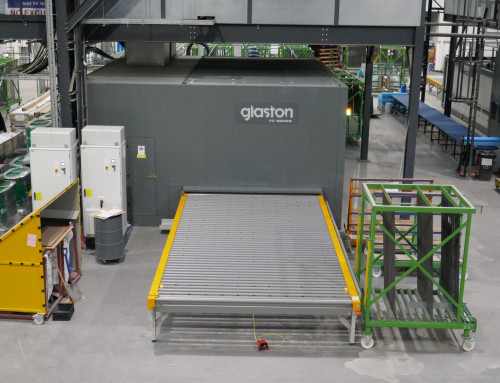Condensation, both internal and external on glazing, is a regular complaint by homeowners. The condensation is not coming out of the glass and is not caused by windows.
Essentially, condensation is a result of atmospheric moisture vapour turning into a liquid and depositing onto impenetrable surfaces. This is increased when temperatures fall – typically winter. The glass presents the ideal surface for moisture vapour to condense upon, as it is generally colder than other areas of the fabric of the building.
It needs to be accepted that the moisture vapour and thus the condensation is already present in the building, it is more the conditions that allow condensation to form that need to be addressed. There are some basic steps that can be undertaken :
- Increase ventilation.
- Open trickle vents in moisture producing rooms
- Kitchens & Bathrooms
- This can also be opening bathroom windows for a period after use.
- Using extractor fans effectively – setting extended time before auto switch off.
- Using extractors in kitchens when cooking
- Open window on vent also if boiling water type cooking
- Open trickle vents in moisture producing rooms
- Increase internal temperature
- Warm air holds more water vapour than cold air and thus, warmer air means less condensation
- Currently, with excessively high energy costs, heating of homes may be restricted and this increases the likely hood of condensation forming.
- Warm air holds more water vapour than cold air and thus, warmer air means less condensation
- Reduce moisture vapour production
- Do not dry clothes on radiators
- Reduce usage of gas fires – burning Methane (natural gas) produces moisture vapour.
- Many homes have gas fires, and their usage may seem more economical than having the full heating system on.
- Have windows on vent in bedrooms at night, as breathing produces water vapour!
Modern buildings are more airtight with ventilation measures built in. However, they also use a lot of water during construction – e.g. newly plastered walls & solid concrete floors. This water may take time to fully evaporate, and condensation would normally reduce as the building naturally ages. Likewise, new decorative works and building projects may use water in existing homes, creating additional moisture vapour for a period of time.
In summary, ventilation and warmer room temperatures will reduce condensation appearing on glazing. The problem is not caused by windows, but the result is seen on windows.
As a comparison and demonstration that condensation is not the windows fault, if one removes a bottle of beer, wine or milk from the fridge and places it on the kitchen counter, it will soon have moisture condensed upon it. Where has this moisture come from? It hasn’t leaked out of the vessel; it is not beer, wine or milk; what is it? It is moisture present within the building condensing onto the cool surface.
Condensation may seem more prevalent in some buildings more than others, but the root causes are the same – lack of ventilation and low temperatures. If conventional corrective measures, some described above, are not sufficient to reduce condensation to acceptable levels, mechanical extraction in the form of a dehumidifier may be required. This may only be needed when condensation is at its worst for any given situation.






